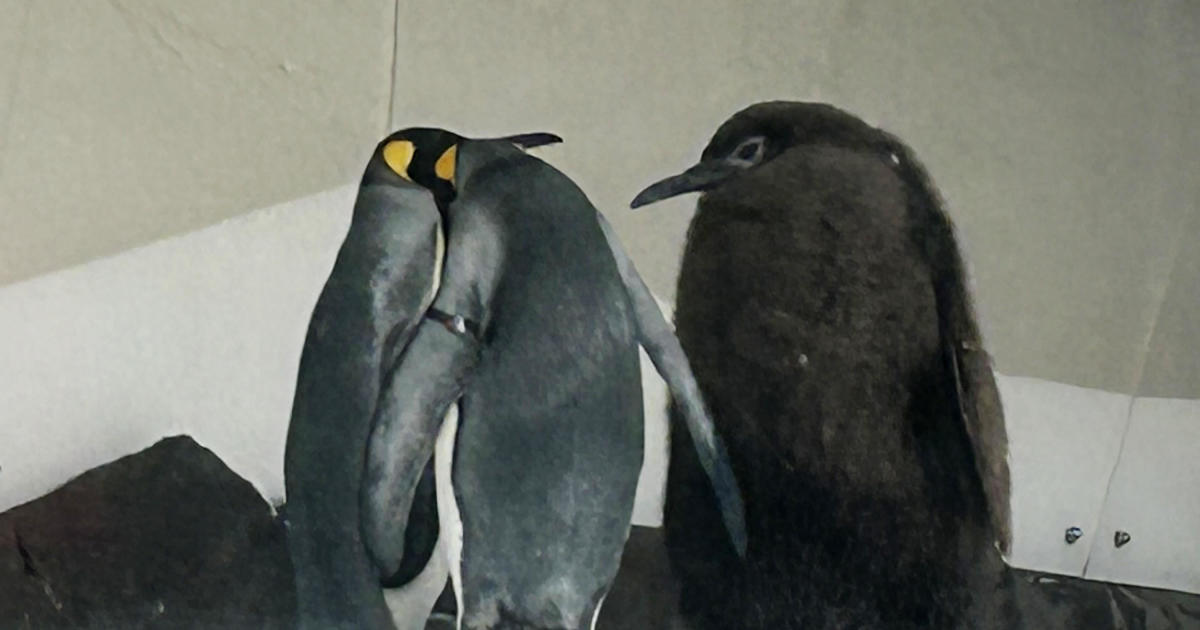[ad_1]
Australian scientists have pinpointed the final resting place of a notorious shipwreck, which has gone down in history as one of the nation’s worst maritime disasters outside of war, officials announced Thursday. The MV Noongah has finally been found more than a half century after it was lost at sea.
A collaborative effort aimed to locate the sunken freighter by analyzing underwater video footage and mapping out the sea floor off of New South Wales, through a process called bathymetry, said Australia’s national science agency, CSIRO. One of the agency’s research vessels investigated the wreck in June and determined that, after almost 55 years, the ship was largely intact and situated in an upright position at the bottom of the ocean, roughly 550 feet below the surface. A dive team then explored the wreck up-close to confirm its identity.
The Noongah, a huge freighter transporting steel between Newcastle and Townsville along Australia’s eastern coast, sank in rough seas on Aug. 25, 1969, killing 21 of the 26 crew members on board. The remains of 20 of the dead were never recovered, and questions persist to this day as to why the ship went down all those years ago.
CSIRO
Samir Alhafith, who was part of the mission to find the wreck, said in a statement that knowing the ship’s location may provide opportunities to answer some of those questions. He noted that the advanced technology necessary to find the Noongah did not exist until recently.
“Not only is the discovery of these significant wrecks important for the surviving sailors and families of those that perished during the tragedy but also it allows us to investigate the mystery behind the sinking,” Alhafith said.
Others involved in the project to locate the Noongah said they hope knowing where it is will provide a level of closure to those who knew the crew members lost at sea.
CSIRO
“This tragedy is still very much in the memory of many in the community and we offer our condolences to families and descendants of the crew who were lost,” said Matt Kimber, of CSIRO, in a statement. “Our thoughts are also with the surviving crew members from MV Noongah, and we hope that knowing the resting place of the vessel brings some closure for all.”
On the day the Noongah went down, its crew tried for hours to keep the vessel afloat before eventually abandoning it about 30 minutes before the ship sank completely, the Australian Broadcasting Corporation reported. The radio operator sent out a distress signal around then, which prompted what’s remembered as one of the largest search and rescue operations ever carried out in Australia.
More than six hours after their ship sank, a Japanese tanker called Koyo Maru rescued two surviving crew members — John Wirth, an engineer, and Anwyl Durose, the assistant steward — from two individual life rafts. About six hours after that, a merchant vessel rescued three other men who had survived the seas by holding onto a plank of wood. Another crew member was later found dead.
Australian National Maritime Museum via CSIRO
Wirth told the Australian broadcaster in an interview that he didn’t know what had caused the Noongah to sink.
“All I know is the ship was listing and I was called down below and we were trying to correct the list, but we weren’t having much success and it was getting worse all the time,” Wirth told the outlet.
Earlier this year, officials announced the discovery of the wreck of the coal steamship SS Nemesis off Australia’s coast, more than a century after it sank. All 32 people on board were killed.
[ad_2]







